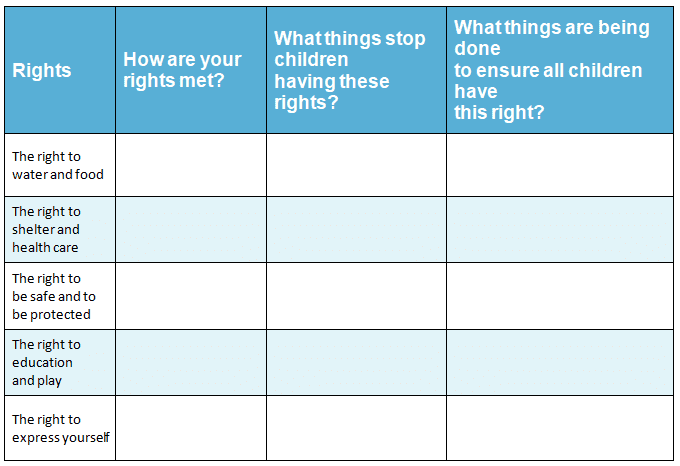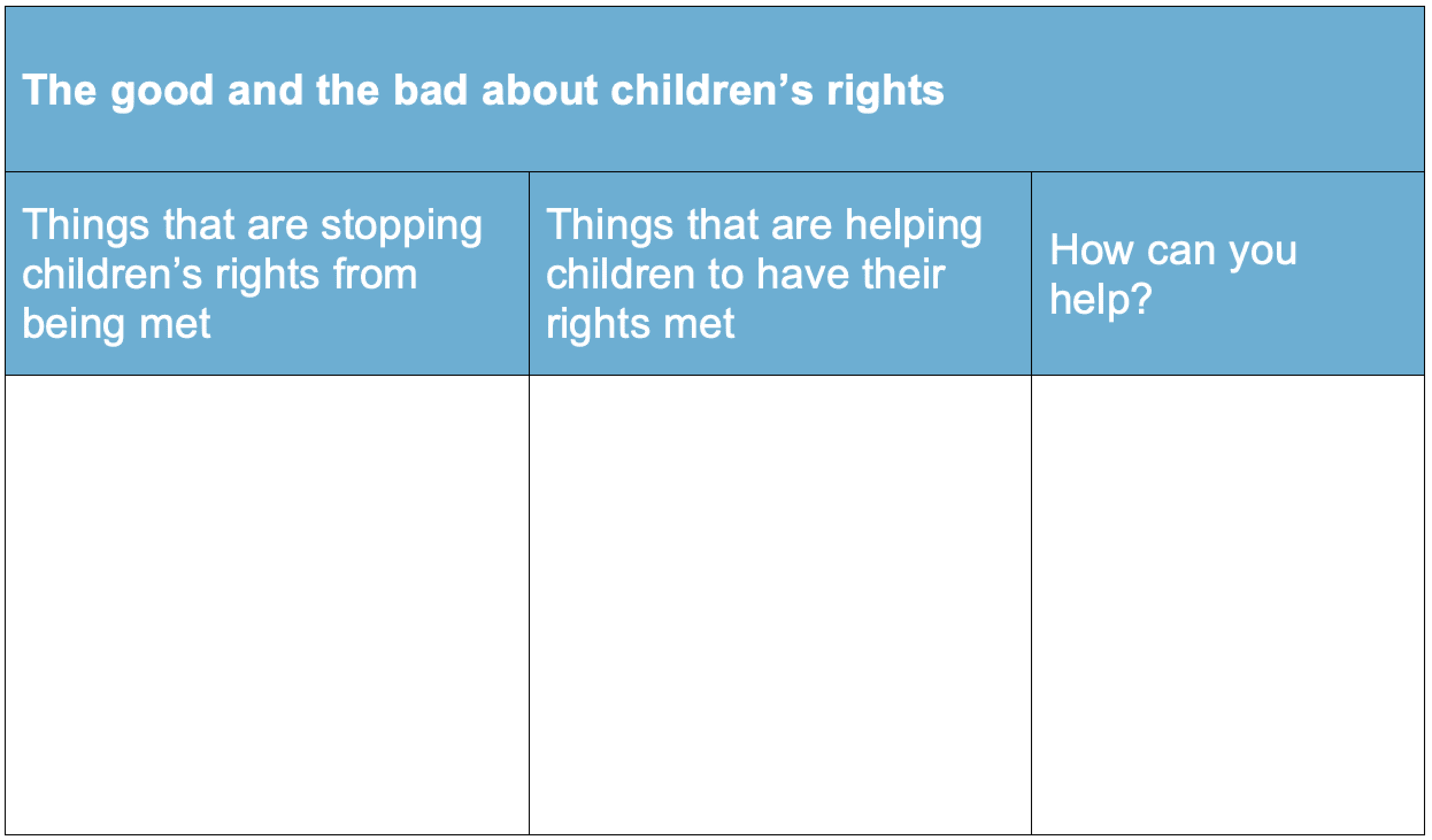Information for Teachers
Curriculum links
This investigation is linked to the following C3 Social Studies Standards for Grades 3–5.
D2.Civ.4.3-5. Explain how groups of people make rules to create responsibilities and protect freedoms.
D2.Civ.6.3-5. Describe ways in which people benefit from and are challenged by working together, including through government workplaces, voluntary organizations, and families.
D2.Civ.9.3-5. Use deliberative processes when making decisions or reaching judgments as a group.
How to search the internet
1 Keep your request short
Fewer words will give a more accurate search.
2 Choose exactly what you want
For example: Arctic Circle Climate
3 Use quotes
Double quotes around a set of words tell the search engine to consider those exact words in that exact order without any change. For example: “Arctic Circle Climate”
4 Use the plus sign (+)
If you add a plus sign (+) between words, the internet will search for all the words. For example: migrate+birds+whales+mammal
5 Use the minus sign (–) to say what you don’t want
Use a minus sign (–) to show words you do not want to appear in your results. For example: if you search for burrowing animals and do not want mammals in your search, –mammals will exclude mammals. Note that you need to put a space before the minus sign for the word to be excluded.
6 Be very clear about what you don’t want
Part 1
Ask questions and define problems
After reading Your Rights, you may be surprised to learn about the rights of children, and the different ways that these rights are met. You might have further questions.
List your questions
- Compare your list with questions that others have.
- Choose a question you would like to investigate.
- You can work alone, with a partner, or in a small group.
You may want to choose one or more of these questions to investigate
Q1. Why don’t all children have their rights met? What stops these rights from being met?
Q2. What things are people and organizations doing to ensure all children have their rights met?
Q3. What is the difference between rights and responsibilities?
Q4. What is the difference between rights and wants?
Q5. What is the difference between “human rights” and “children’s rights?”
Q6. What can we do to promote children’s rights?
Go to Part 2 Investigate →Part 2
Investigate
Helpful websites
You may want to use websites to help with your investigations.
You may want to learn more about one type of right, e.g. the right to shelter. You can do a search using the name of the right, e.g. children’s rights+shelter (the name of the right, e.g. food, water, shelter).
Go to Part 3 Record data →Part 3
Record data
Find a way of recording your information that will allow you to see any patterns in the data.
Data Chart about the rights of children
(Download and change to suit your information)
 Download Chart
Download Chart
Go to Part 4 Organize, analyze, and interpret data →
Part 4
Organize, analyze, and interpret data
1. Look over the information you have gathered and the patterns you have found
Are all of your rights met? How are they met?
Are there similar reasons why the various rights of children are not met? What are these reasons?
2. Search for other patterns.
What things most help children in need?
Are there ways you can help? How?
3. Makes notes about what you find.
Go to Part 5 Present and share →Part 5
Present and share
Look over all of the information that you have gathered in your investigation.
What are the most important ideas about children’s rights?
Make a chart showing the most important ideas.
 Download Chart
Download Chart
← Return to menu